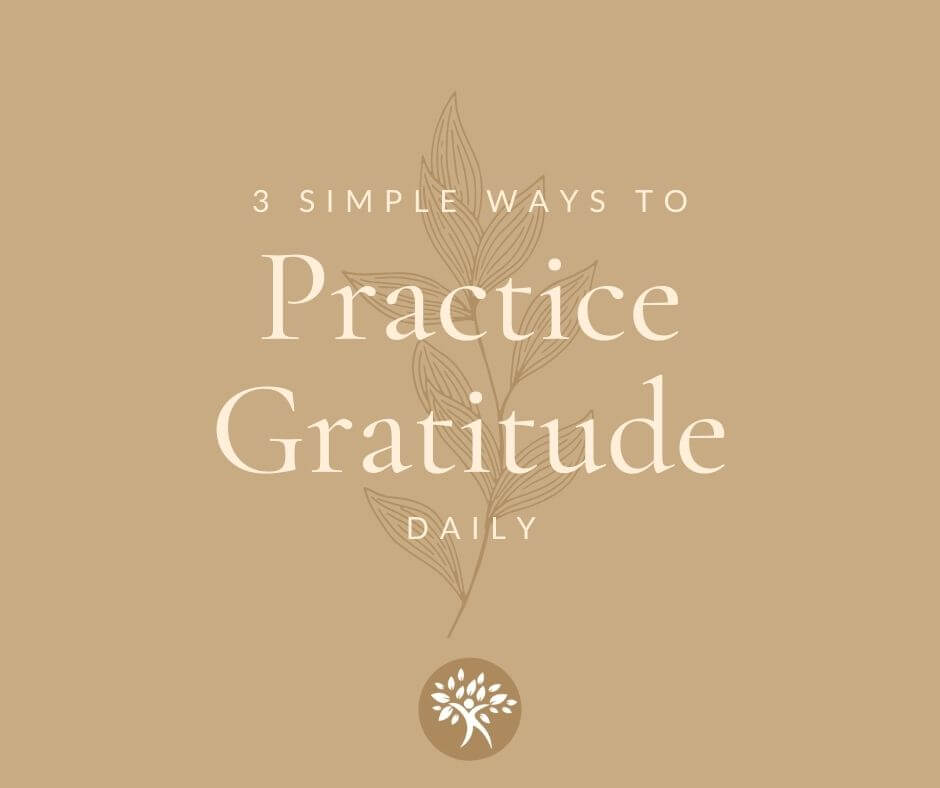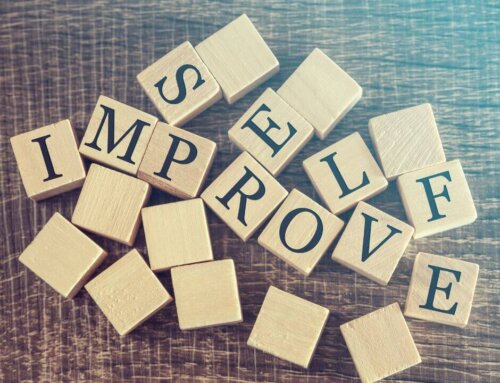Although we only have one national holiday dedicated to giving thanks, gratitude deserves much more recognition. Gratitude has the power to transform your state of mind. Those who practice gratitude daily reported physical, psychological, and social benefits!
In particular, daily gratitude can enhance your well-being, improve relationships, and strengthen your immune system. Read further to dive into the concept of gratitude and different methods to practice it.
What is Gratitude?
In general, gratitude is a state of thankfulness or appreciation. It has been conceptualized as both an emotion and attribute. While some may be naturally inclined to be grateful due to genetics, it is important to meet yourself where you are. Similar to building strength by lifting weights, gratitude is a psychological muscle that must be strengthened.
In addition, gratitude has deep evolutionary roots. Humans survived by bonding with others in their social circles, encouraging the behavior of reciprocity. According to McCullough, gratitude helps build social bonds and friendships between individuals.
As the architect of your life, gratitude is one of the most beneficial tools in your toolbox. As Ralph Marston said, “In order to attract more of the blessings that life has to offer, you must truly appreciate what you already have.” There are an infinite amount of ways to practice gratitude, which can be a bit overwhelming. The hardest part is getting started. However, these three simple exercises can help you cultivate gratitude daily.
Methods to Practice Gratitude Daily
1. Positive Affirmations
Affirmations are short phrases that you repeat back to yourself. For example, I typically start my day by stating: I am grateful for this day, I am grateful for my health, I am grateful for my home.
It may feel a bit foreign at first, but it gets much easier. Once it becomes a habit, you’ll feel more prepared to face the day!
Speaking phrases out loud has a phenomenal effect on our psychology. Affirmations help us reprogram our brain to favor more positive thoughts. The subconscious can’t distinguish what is real and what is imaginary. As a result, your thoughts have the power to either grow flowers or weeds in the garden of your life. Affirmations help us reprogram our brain to favor more positive thoughts. They also increase the release of endorphins, or feel-good hormones.
Counting your blessings first thing in the morning sets the foundation for your day. Habit stacking is a great way to incorporate it into your daily routine. Pairing a new behavior (practicing gratitude) with an existing habit (making your bed) will increase consistency.
2. Meditation/Prayer
With the hustle and bustle of life, it may be easy to forget to focus on your breathing. Deep, diaphragmatic breaths and prayer increases mindfulness and stimulates the parasympathetic nervous system (rest and digest). Therefore, you’ll feel more grounded and present. After all, your breath is the most powerful tool you own!
Taking a few moments to sit in silence can allow you to be more optimistic and reframe negative thoughts that may arise. Mindfulness through prayer and meditation can help alleviate stress, anxiety, and depression.
This is one of my favorite daily gratitude practices because of how simple yet effective it is. I usually use an app called Insight Timer to track my progress and stay consistent. Try brewing a hot cup of Ashwagandha tea after prayer or meditation to complement your gratitude journey!
3. Journaling
This is one of the most popular methods of practicing gratitude. Translating our thoughts into language deepens their emotional impact. Putting pen to paper can be a cathartic experience. It allows you to release thoughts from your mind and put them into context.
The key takeaway with journaling is to find a journal that fits your preferences. It can be overwhelming searching for the “perfect” journal. In reality, all you need is a pen, paper, and the motivation to increase your gratitude. Making the conscious decision to become happier and more grateful actually increases the effectiveness of journaling.
When I first started journaling, the Five Minute Journal provided the simplicity and convenience I was looking for. Once I got the hang of it, I found that journaling on blank pages gave me more freedom to express myself.
Moreover, it is important to recognize that journal entries don’t have to be lengthy. Writing down 5-10 affirmations in the morning can take less than two minutes. This will further establish daily gratitude into your life.
Conclusion
It is important to meet yourself where you are and acknowledge the progress you’ve made. Studies have shown that it takes a whopping 66 days to form a habit! As you can see, it takes time to develop your gratitude muscle. Consistency and patience are the keys to unlocking your greatest potential!
Choose a method that resonates with you and challenge yourself to stay consistent with it. Use a daily planner or calendar to help you during your journey. If you’re looking for an accountability partner and would like more individualized recommendations, Rebecca would love to support you throughout your journey!







